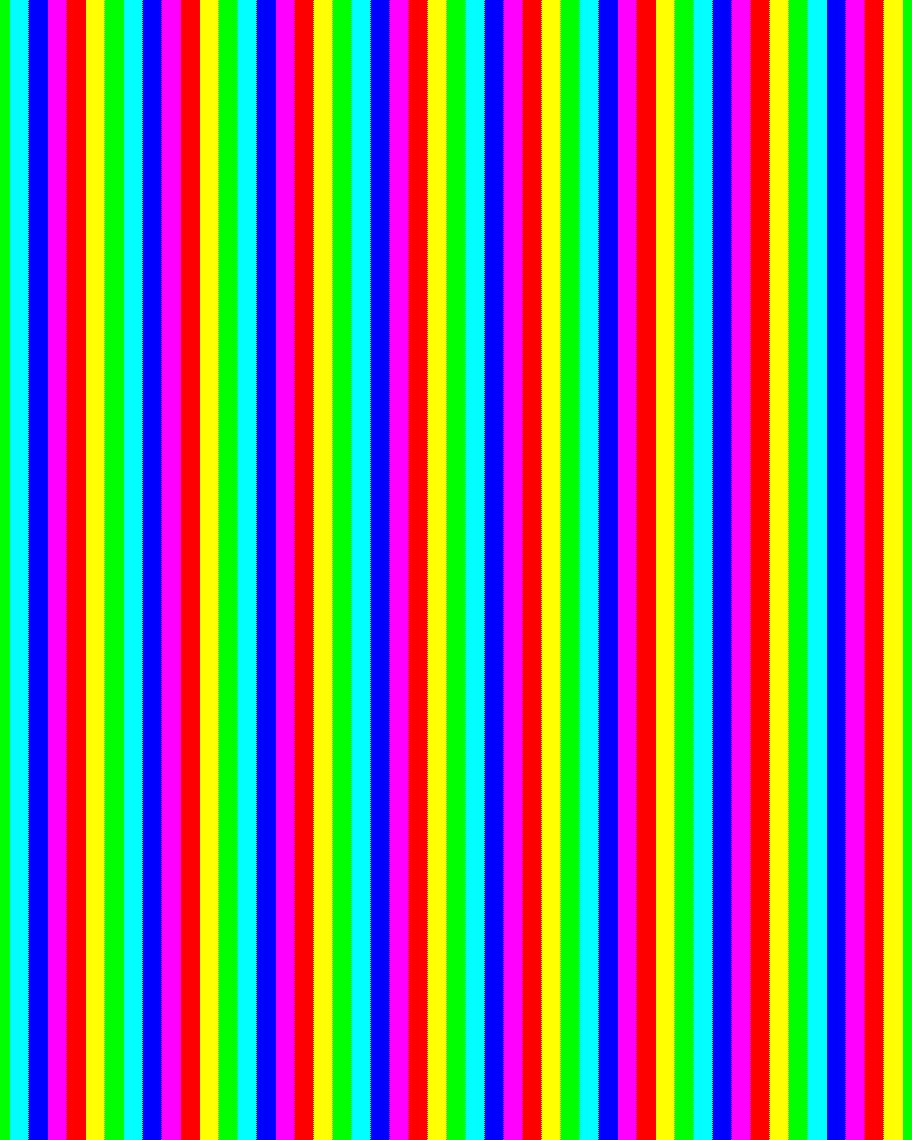Hi,
We have an application using 6, 8bit images. These are packed into two 24bit images (images 0, 1 and 2 in the first 24bit image, and images 3, 4 and 5 in the second 24bit image), and the images are uploaded to the LightCrafter flash. Our application uses an exposure time of 25ms per 8bit image. When our pattern sequence looks like this: 0, 1, 2, 3, 4, 5, 3, 4, 5, 3, 4, 5 the display of patterns work as expected, but when we change the sequence to 3, 4, 5, 0, 1, 2, 3, 4, 5, 3, 4, 5 the patterns get distorted. Ideally we would like to be able to change the sequence to any permutation of the above numbers, the sequence mentioned is just meant as a simple example.
Is there a way to make this work on the LightCrafter4500?
Regards,
Claus



